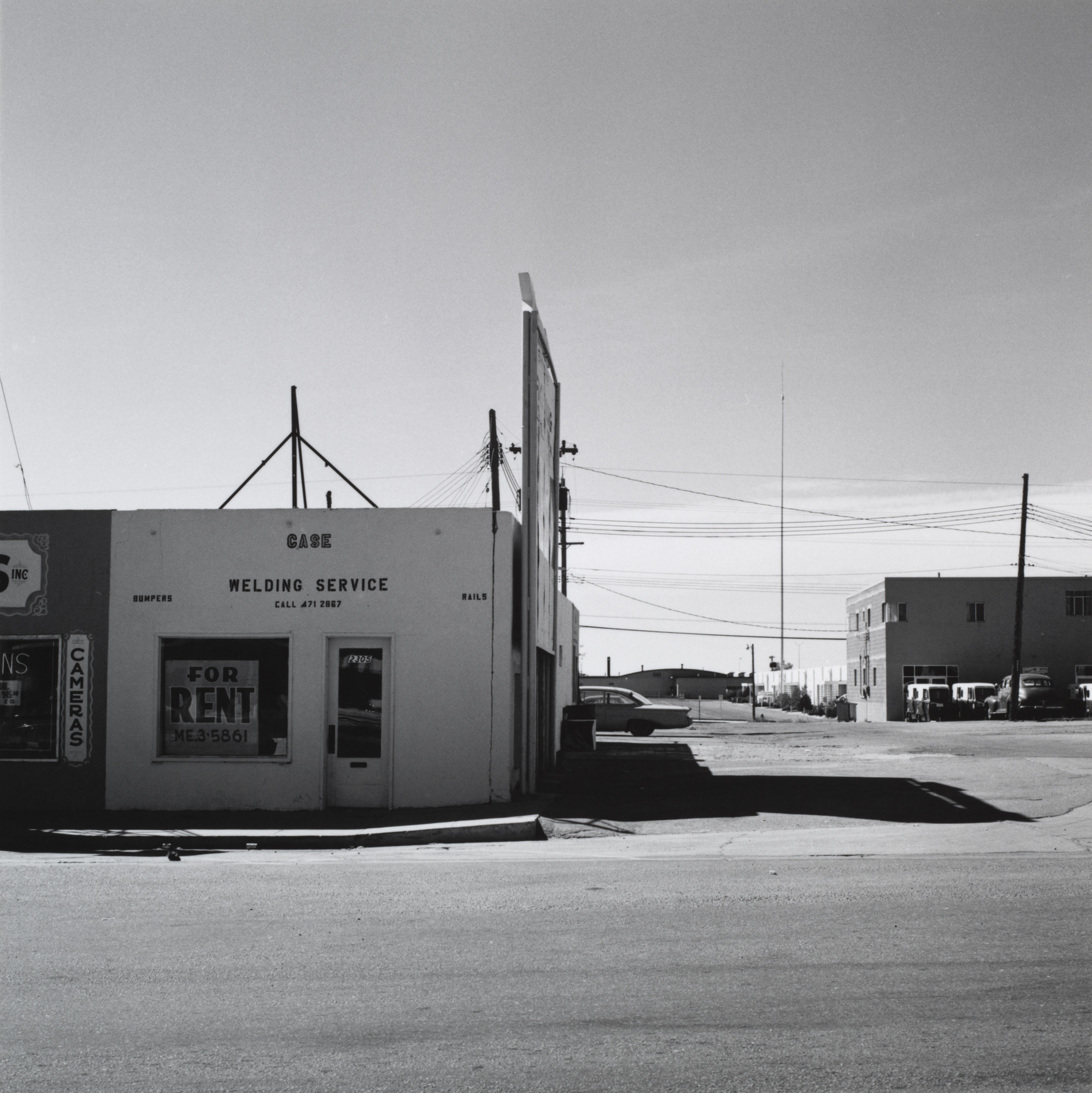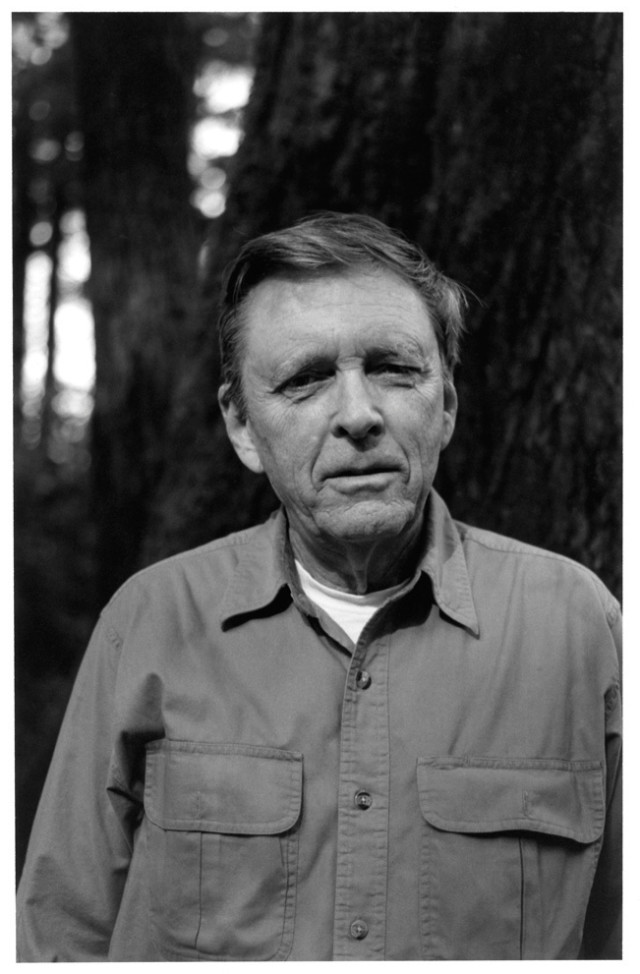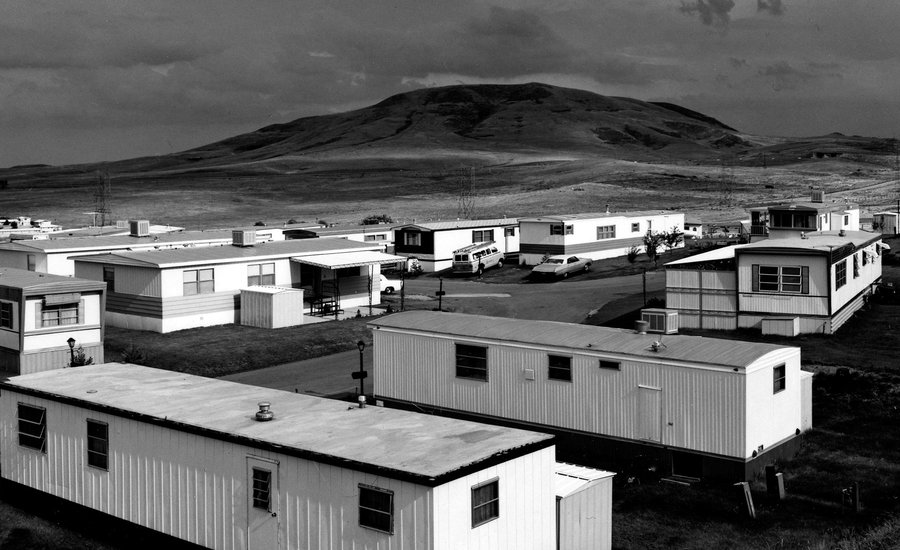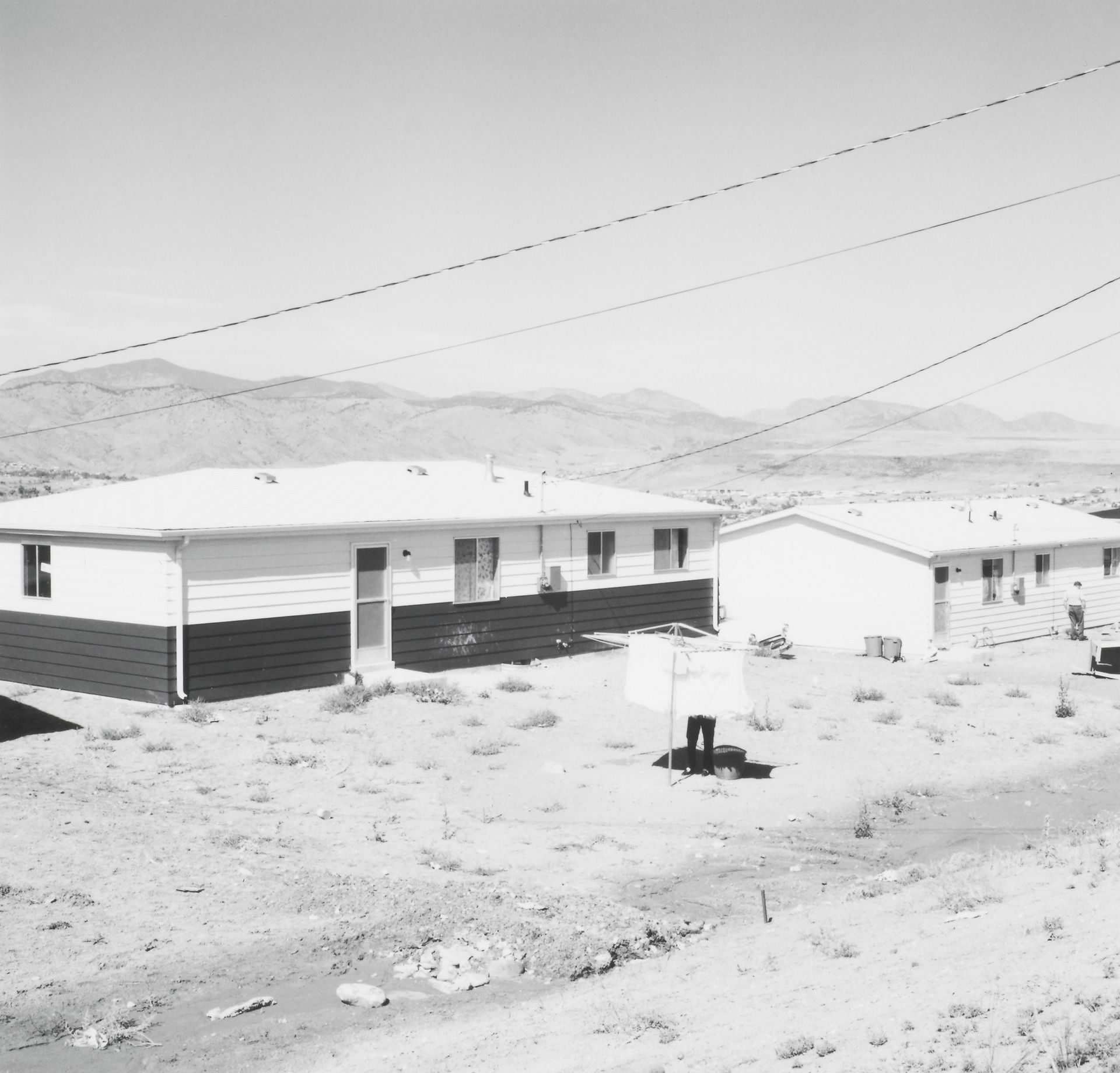
TECHNICAL
Adams in this image used a 35mm reflex camera with a normal/standard lens which he had invested in, in 1962. The photo has high light sensitivity or ISO as the image appears grainy, however has been been focused well with minimal blur. The composition of the image is 3 dimensional with an added balanced, slight symmetrical look to it with buildings either side of the image adding depth to the picture itself. The photo is also well exposed as it isn’t too bright nor too dark to lose detail within the photo.
VISUAL
As can be observed, Adam shot this image in natural daylight, possibly afternoon as the shadows as a result of the buildings hints that the sun is lower in the sky as can be seen by the lengthened shadows as a result. The colour of the clear sky looks relatively bright signifying what would be a vivid blue sky. The grey scale tint of the whole photograph helps contrast the foreground from the clear background. The image also looks grainy, which may simply be because of the era they were taken, but looking at it now it adds a sense of the time period they were taken and emphasizes the “retro” feel the saturation also brings to the image.
CONCEPTUAL
His photographs are a kind of testimony/evidence of what has been lost and what remains. However, they also ask us fundamental questions about how we live amid the contradictions and compromises of progress. For all that it carries, his work is restrained, suggestive rather than forceful, every black-and-white print at once a world in itself and part of a bigger narrative about man’s destructive relationship with nature.
CONTEXTUAL
In 1962 they moved back to Colorado, and Adams began teaching English at Colorado College in Colorado Springs. In 1963, Adams bought a 35mm reflex camera and began to take pictures mostly of nature and architecture. He soon read complete sets of Camera Work and Aperture at the Colorado Springs Fine Arts Center. He learned photographic technique from Myron Wood, a professional photographer who lived in Colorado. While finishing his dissertation, he began to photograph in 1964. In 1967, he began to teach only part-time in order to have more time to photograph. He met John Szarkowski, then curator of photography at the Museum of Modern art, on a trip to New York City in 1969. The museum later bought four of his prints and in 1970, he began working as a full-time photographer.
Furthermore, in the late 1960s and early 1970s Robert Adams explored new housing tracts that were being built along the Colorado Front Range. Certain elements of this new landscape recur in his photographs: uniform, boxy houses, concrete, cars, and dirt plots–as well as a sense of loneliness and isolation. “People had moved to enjoy nature, but found that nature was mostly inaccessible except on weekends,” Adams wrote. “Often little of it was even visible out the window. The puzzle became how to live inside.”





